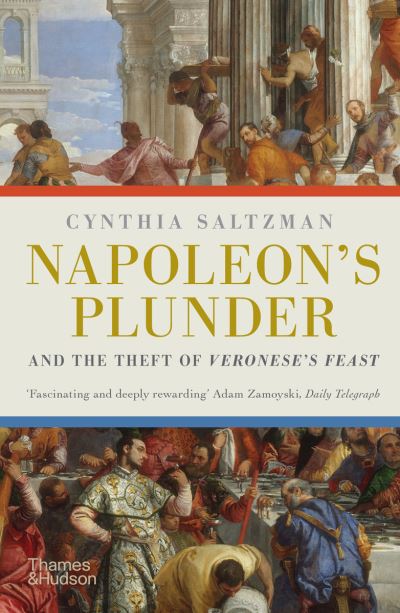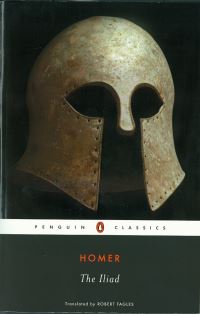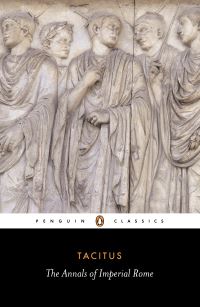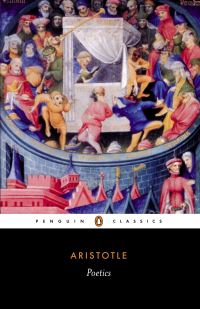Description
‘A fascinating and deeply rewarding book’ Adam Zamoyski, Daily Telegraph
Napoleon’s Plunder chronicles one of the most spectacular art appropriation campaigns in history and, in doing so, sheds new light on the complex origins of what was once called the Musée Napoléon, now known as the Louvre.
It centres on the story of Napoleon’s theft of Paolo Veronese’s Wedding Feast at Cana, a vast, sublime canvas that in 1797 the French army tore from a wall of the monastery of San Giorgio Maggiore in Venice. Feast was just one of Napoleon’s spoils of war, which he claimed for the French nation and displayed in a public museum – the Louvre. He filled the former palace of the French kings with his acquisitions, and Europe flocked to Paris and hailed the Louvre as the greatest museum in the world. Did he take it for himself? Or for France? Or for the world at large?
Saltzman interweaves the stories of Napoleon’s military campaigns, uncovering the treaties through which he obtained his loot, with the histories of the plundered works themselves, exploring how these masterpieces came into being. As much as a story of military might, this is an account of one of the most ambitious cultural projects ever conducted.




